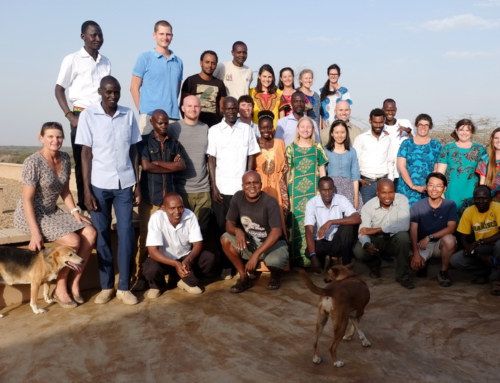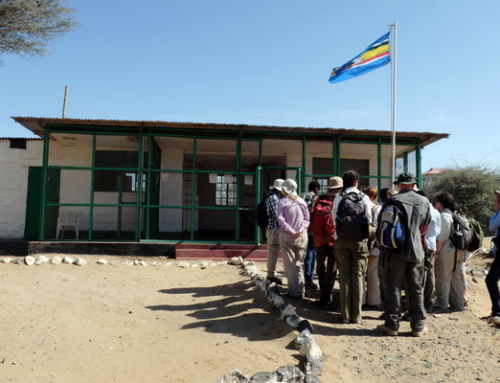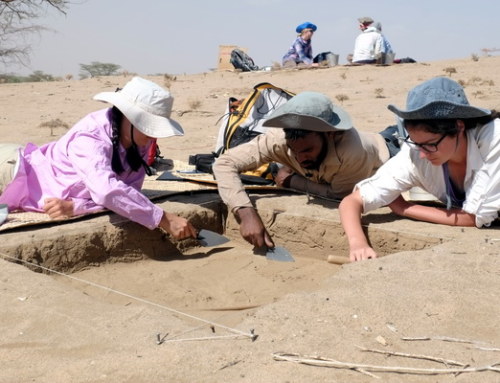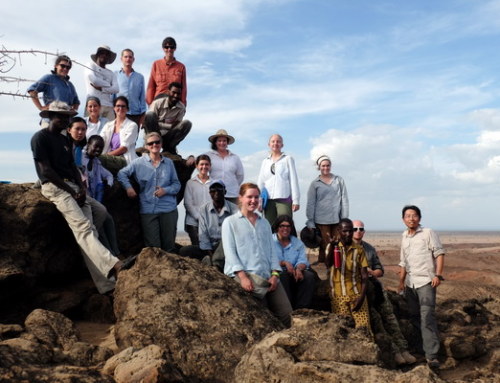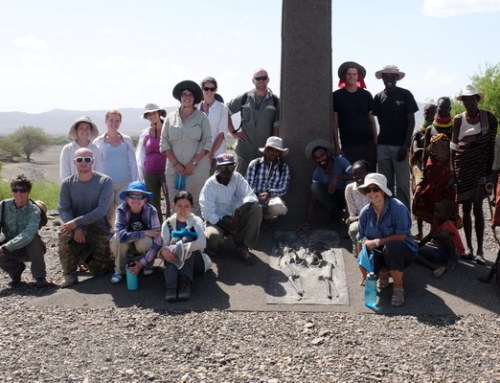Where does the world come from is one of the most fascinating questions people have asked for thousands of years. Needless to say, the Earth came a long way before it took the shape that we can recognize today. How do we know about major Earth history events such as splitting up of continents, appearance of life forms and dramatic changes in global climates? Much of this information is coming from rocks and fossil organisms that the Origins Field School students have been studying in both Geology and Paleontology modules. A key part of the lab activity this time round is trying to fit the entire Earth’s history on a roll of toilet paper!
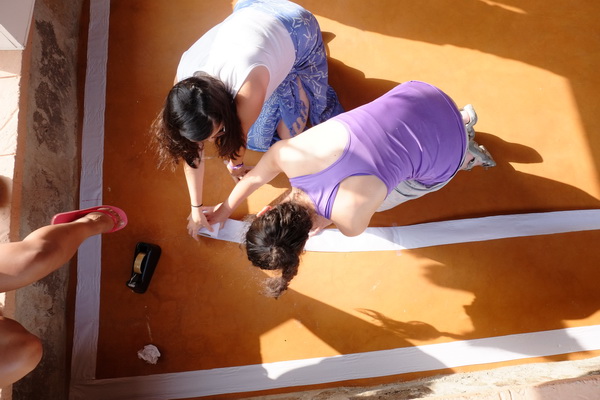
TP timeline of the Earth being unrolled
Our beloved blue planet started as a hot molten ball of rocks that was slowly cooled and condensed for about a billion years. For a long time, the landscapes were steaming and forbidding, devoid of any form of life. This is the beginning of the story, and the Earth’s timeline stretches for 4.6 billion years from then to now. Imagine that there are 460 squares of toilet paper in one roll, each square would represent 10 million years of Earth’s history! After the lectures, students were eager to find out where the major events would be on the toilet paper timeline.
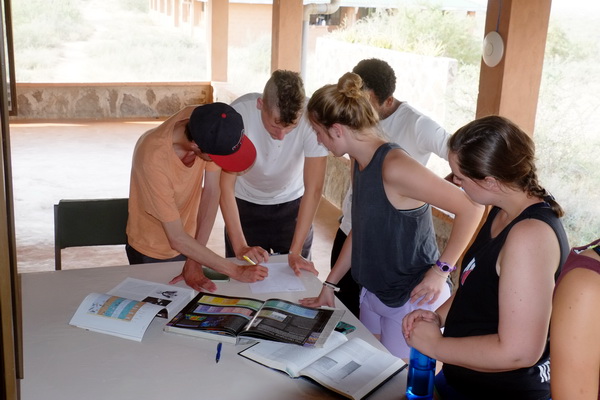
Students discussing major events in Earth’s history

Students working on the details of their TP timeline. Photo credit: Mikael Fortelius
The Earth’s history is not smooth at all! There are quite a bit of ups and downs and the most dramatic are the mass extinctions in which a majority of species sometimes up to 90 percent died off completely! These events are the markers of major geologic periods of the Earth’s history, such as the Devonian and the Jurassic. The cause of such events are often catastrophic changes in the global climate, which is a good reminder of why we should care about climate change now.
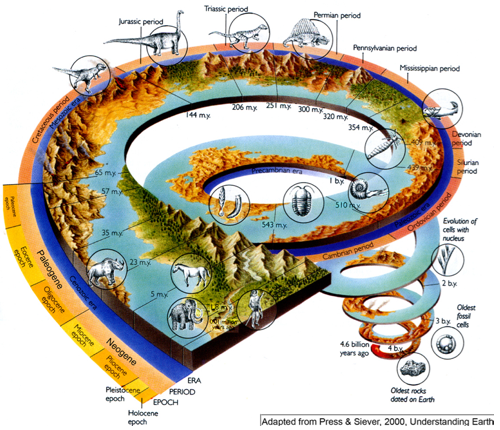
Another feature of the Earth’s history is that the periods represented with the most biodiversity are at the recent end of the timeline. A great deal of diversity in terrestrial quadrupeds is found in the dinosaurs, which only emerged around 250 million years ago: 25 squares of toilet paper away from now. Major diversification of angiosperm plants, mammals and birds (descended from dinosaurs!) occurred after the K-T (Cretaceous-Tertiary) mass extinction, which is 65 million years ago: 6 and a half squares away from now! And the first anatomically modern human first walked on Earth 200 thousand years ago in Africa, which is only 1/50 of a square away from the finishing line!
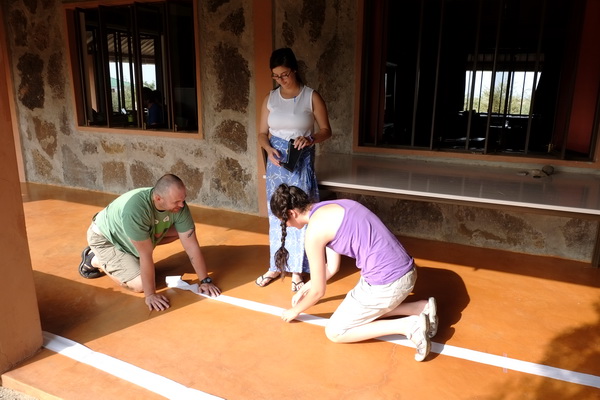
Tom, Maria and Izzy counting the squares of their TP timeline
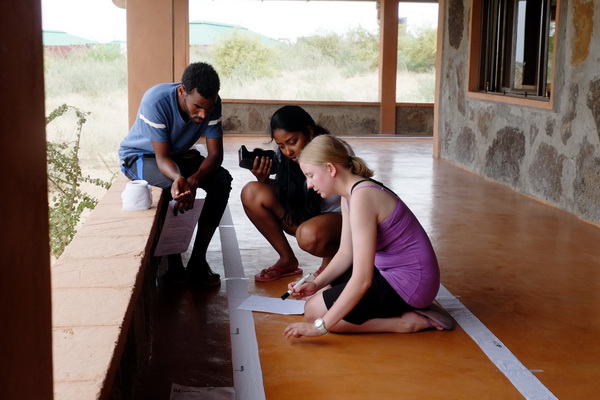
Goitom, Kim and Amanda putting down milestones of the TP timeline

Kim, Esther and Yishan consulting their notes
Take a look at what the students put down on the TP timeline of Earth’s history!
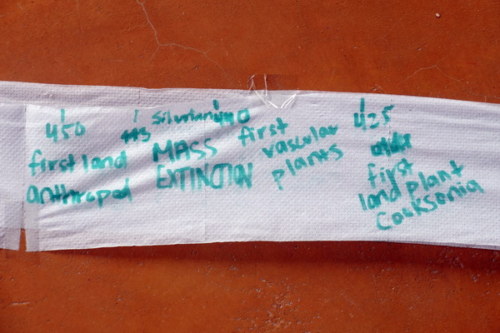
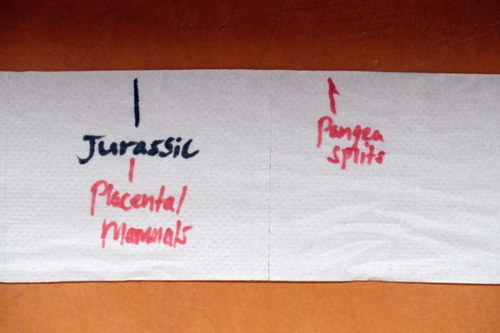
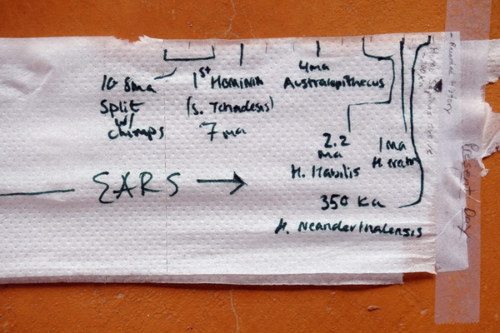
460 squares of toilet paper; 4.6 billion years of Earth’s history! Although most of the squares are just empty and boring, every small step life took was a big leap in retrospect, as all forms of life, no matter how complex, can be traced back to a common ancestor, a simple organism brewed out of the nutrient-rich ocean. It is a small exercise with a big vision, reminding us of who we are and how humble we are in the vastness of our beloved blue planet.
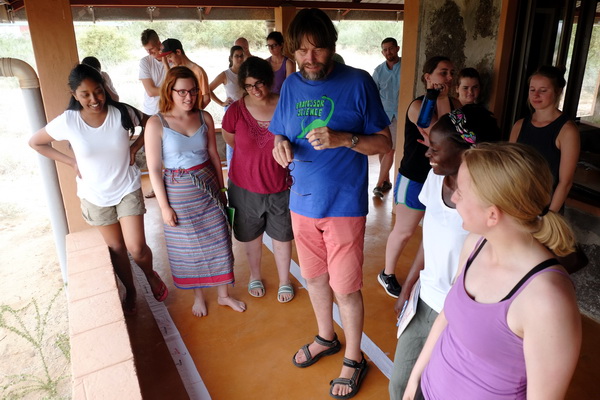
Dr. Fortelius commenting on students’ excellent work
“There is grandeur in this view of life, with its several powers, having been originally breathed into a few forms or into one; and that, whilst this planet has gone cycling on according to the fixed law of gravity, from so simple a beginning endless forms most beautiful and most wonderful have been, and are being, evolved.” − Charles Darwin

Artistic reconstruction of the Paleozoic landscape, courtesy of Chase Studio/Science Source
Student in the Spotlight
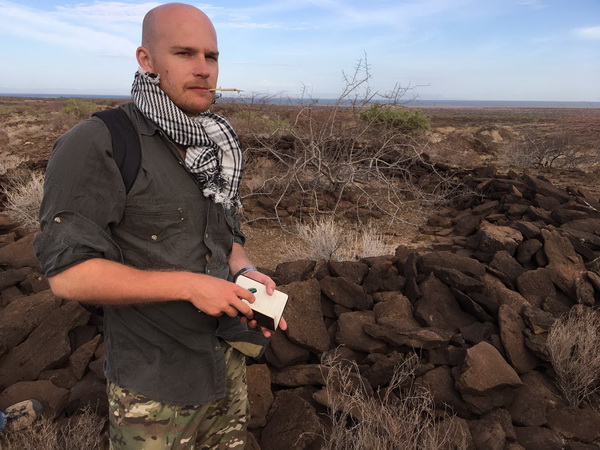
“Even the least adaptive creature can survive in a harsh environment with a little help from good friends.” − Felix Auvinen

